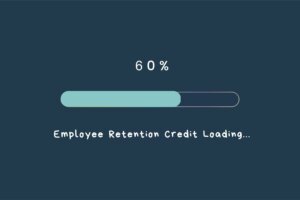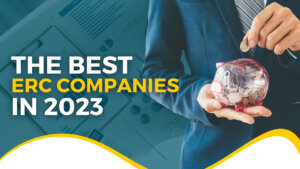In my last post (on Dec. 6) I outlined the first four sections to be included in a grant proposal to a private or corporate foundation: the Cover Letter, Executive Summary, Contact Information, and General Organization Overview.
This month’s post will continue with the three additional sections to include in these grant proposals:
Program Description – this is the heart of your proposal – and it includes a number of subsections:
• Needs Statement – describe the community needs or problems to be addressed by your program and why this issue is important. Check back for more about needs statements in an upcoming blog post.
• Target Population – describe who will be served by this grant, how many will be served, and what are the demographics of this population (gender, age, income, etc.)
• Program Goals & Objectives – what will your organization do to address the community needs or problems described above? Your goals will be broader in scope than your objectives and can also be described in terms of the long-term outcomes your organization hopes to achieve through this program. Objectives are narrower and more specific, and often shorter in duration.
• Program Activities & Timeline – your Goals and Objectives are the “What” and your Activities & Timeline are the “How” and the “When.” What activities and/or services do you intend to engage in or provide? Include specifics such as how much, how often, and how long these will be provided.
• Evaluation – program evaluation is becoming increasingly critical in winning grants. Potential funders want – and need – to know how you will determine if your programs are successful, and by extension, if their money will be well spent. Some tips that I will include in an upcoming blog post on program evaluation are: work with your program staff to define the goals, outcomes and metrics for their programs; use quantitative metrics to evaluate program effectiveness; define whether you will conduct an internal evaluation or hire an outside evaluator; and use your evaluation findings to modify program design.
• Personnel – list the staff responsible for your program, and include a brief summary of their professional qualifications. Also include any volunteer needs that will ensure the success of your program, and if there are specific staff and/or volunteer training needs for your program.
• Collaboration – will your organization collaborate with any other service providers on this program? What is your past experience collaborating with this/these organization(s), what is/are their roles in this program, and what is/are their expertise? Some foundations will also require letters of support or MOUs (Memoranda of Understanding) from these collaborators.
Financial Information – this is another critical section of grant proposals that is receiving increasing scrutiny from grant reviewers. This section should include – or reference – your line-item program budget, sometimes a budget narrative, and always a statement of program sustainability (ie: how will you sustain the program after funding from this foundation ends). Check back for more about program budgets and financial information in an upcoming blog post.
Attachments – another boilerplate section. Most foundations will require your IRS 501(c)(3) determination letter, a list of your Board of Directors and their professional affiliations, your organization’s operating budget for the current fiscal year, your program budget for the grant period (if not detailed in the proposal), and your most recent annual report. Many foundations will also require your audited financial statement for the most recently completed fiscal year, your IRS Form 990, and a list of your foundation and corporate grantors, including grant award amounts.
=-=-=-=-=-=-=-=-=-=-=-=-=-=
Lynn deLearie Consulting, LLC, helps nonprofit organizations develop, enhance and expand grants programs, and helps them secure funding from foundations and corporations. Contact Lynn deLearie.
=-=-=-=-=-=-=-=-=-=-=-=-=-=
Look for Lynn’s ebook on Grants & Grantsmanship. It’s part of The Fundraising Series of ebooks
=-=-=-=-=-=-=-=-=-=-=-=-=-=
If you’re reading this on-line and you would like to comment/expand on the above, or would just like to offer your thoughts on the subject of this posting, we encourage you to “Leave a Reply” at the bottom of this page, click on the feedback link at the top of the page, or send an email to the author of this posting. If you’ve received this posting as an email, click on the email link (above) to communicate with the author.
 Sections of this topic
Sections of this topic
















